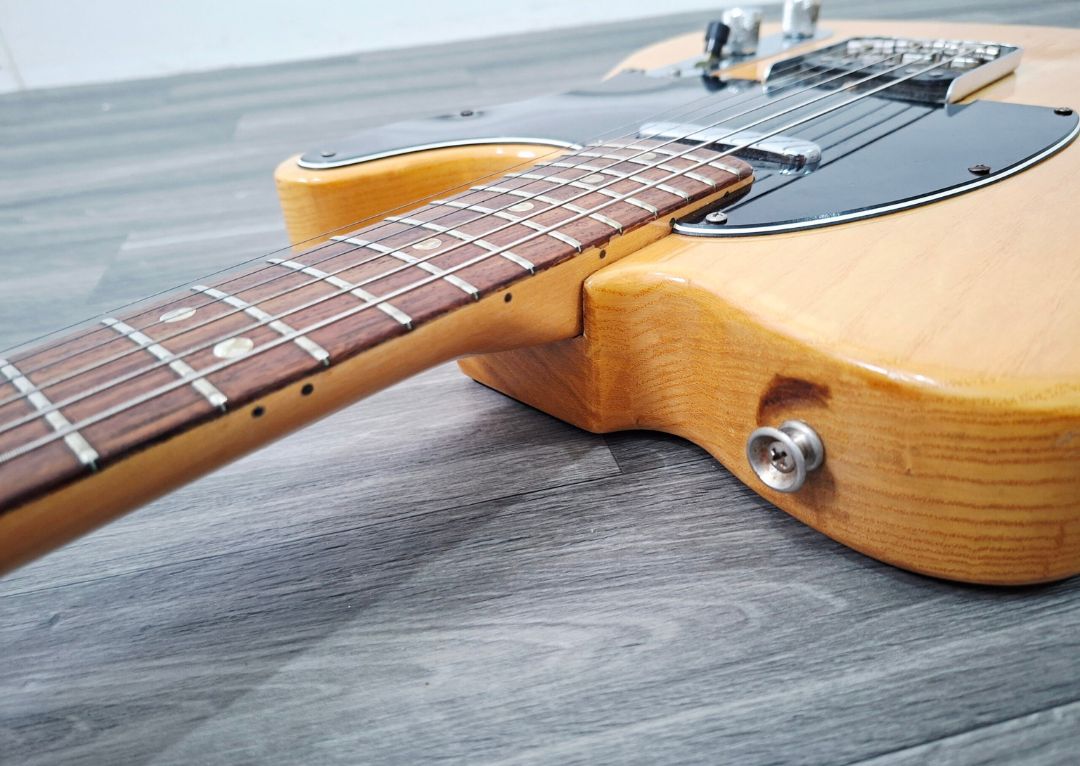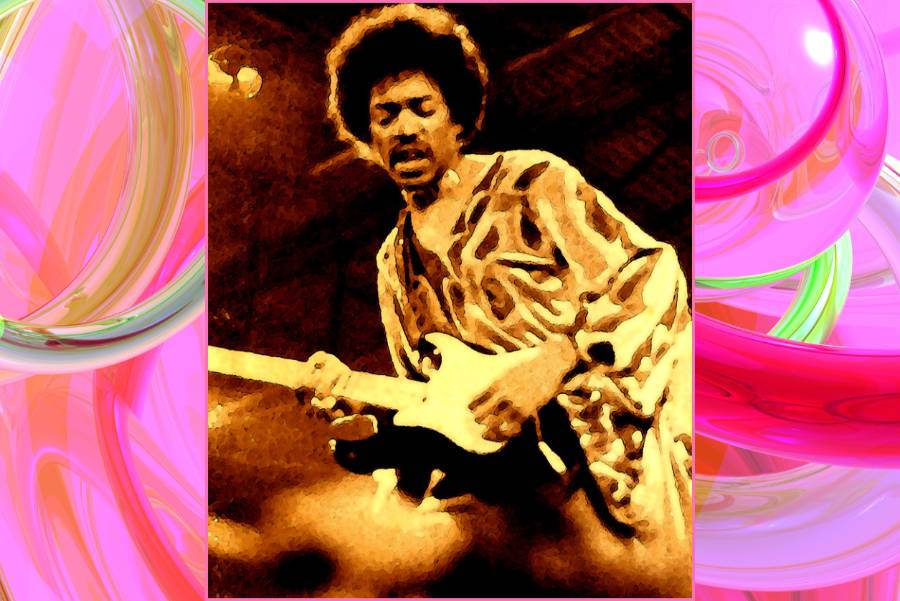Why Are Semi-Acoustic Electric Guitars So Rare?
When perusing through our unique collection of guitars, quite a few of the rare standouts that we have tend to be semi-acoustic electric guitars.
Models such as the Gibson ES-335 and the Peavy Rockingham immediately catch the eye with their large semi-hollow bodies, often using an F-shaped cutaway to provide a very unique tone and sustain compared to more common solid body or fully acoustic guitars.
In the modern age, whilst far from impossible to find, they tend to be somewhat rarer, with Steve Howe of Yes perhaps the best known guitar player to almost exclusively play semi-acoustic guitars.
This was not always the case, however, as from the 1930s up until the 1960s, semi-acoustics were once the most popular type of electric guitar on the market.
At this time, the popularity of jazz and blues bands led to a desire to create guitars that could be amplified to stop them from being drowned out by drum kits or brass instruments.
The development of the Gibson ES-150 coincided with the rise of guitar soloists such as Charlie Christian, who rose to the forefront of the band through the clean sound of a single-coil pickup.
Given that the ES-150 was the first successful electric guitar, for a time, the semi-acoustic was considered to be the norm for electric guitars, and this would only change thanks in part to the developments of another guitar pioneer, Sister Rosetta Tharpe.
A pioneer of the electric blues, Sister Rosetta was the first notable artist to extensively use guitar distortion, which relied on solid body guitars to avoid undesirable feedback. She would notably switch from an electro-accoustic to a semi-acoustic to a three-pickup cream custom Gibson SG.
She most notably played the latter at a 1964 concert at a disused railway station in Whalley Range, which was attended by Keith Richards, Jeff Beck, Eric Clapton and many other early pioneers of rock.
This quietly influential concert not only influenced the sound of rock going forward, but it also left the semi-acoustic behind somewhat. It would always be popular in jazz and traditional blues, but it would take another decade for it to regain some underground popularity as an experimental tool in the age of art rock.



